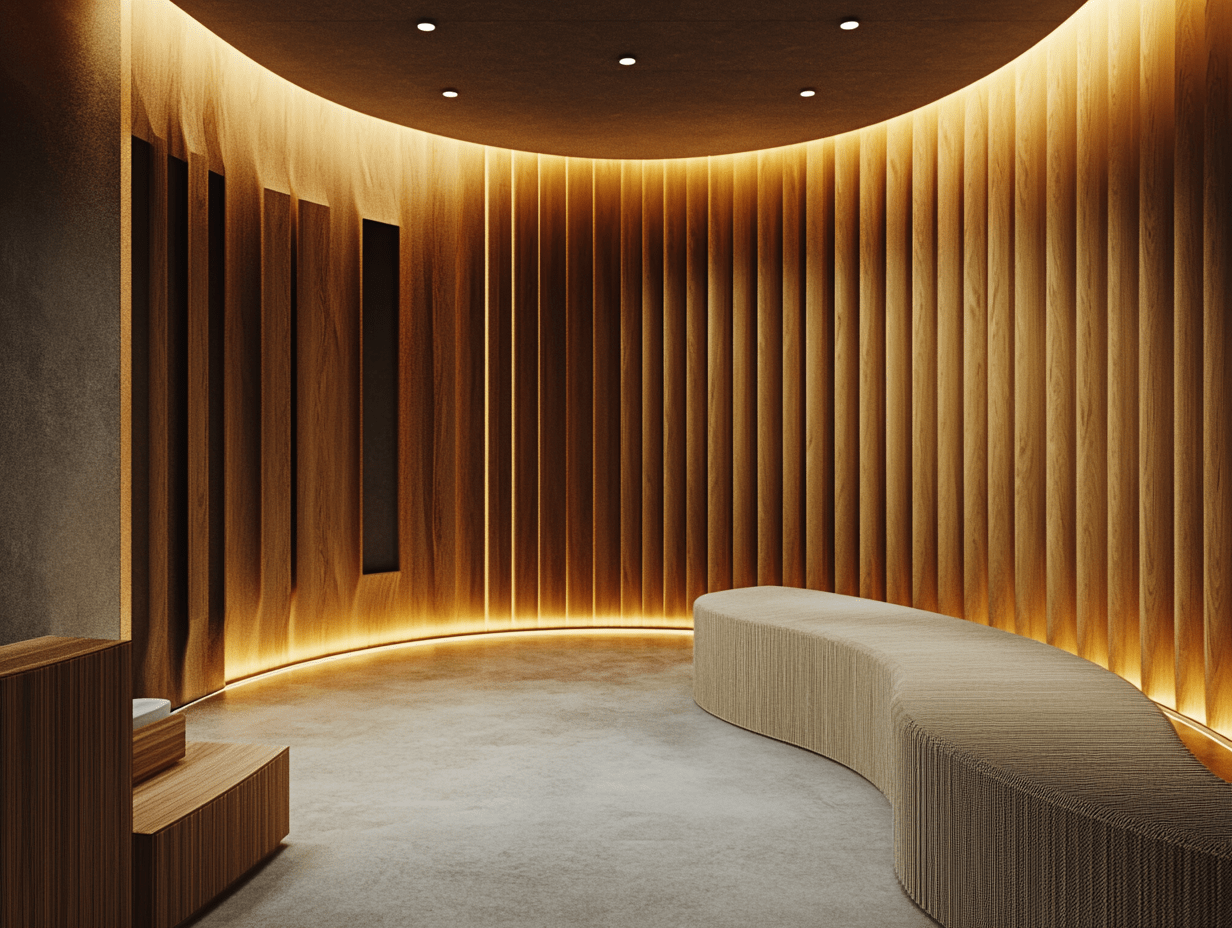The best discounts this week
Every week you can find the best discounts here.
Introduction:
Acoustic materials play a crucial role in enhancing the sound quality in auditoriums. Whether it is a concert hall, theater, or conference room, the right acoustic treatment can make a significant difference in how sound is perceived by the audience. In this article, we will discuss how acoustic materials work to improve sound quality in auditoriums.
1. Absorption:
One of the key functions of acoustic materials is sound absorption. When sound waves hit a surface, they can be reflected, absorbed, or transmitted. Absorption materials like foam panels, fabric-covered panels, and acoustic ceiling tiles are designed to reduce the level of sound reflection in a room. This helps to minimize echo and reverberation, creating a more pleasant listening experience for the audience.
2. Diffusion:
Another important aspect of acoustic materials is diffusion. Diffusion materials are designed to scatter sound waves in different directions, rather than allowing them to bounce back in a single direction. This helps to create a more even distribution of sound throughout the auditorium, reducing hot spots and dead zones where sound quality may be compromised.
3. Isolation:
Acoustic materials also play a role in sound isolation. In a multi-purpose building like an auditorium, it is important to control the amount of sound that is transmitted between different spaces. Soundproofing materials like sound barriers, acoustic seals, and floating floors can help to prevent noise leakage and ensure that each event in the auditorium is not disrupted by outside noise.
4. Reflection:
Lastly, acoustic materials can also be used to control sound reflection. Reflective materials like acoustic panels and diffusers can be strategically placed to direct sound waves towards the audience, enhancing clarity and definition. By manipulating the way sound is reflected in the space, acoustic materials can optimize the acoustics of the auditorium for a superior listening experience.
Conclusion:
Acoustic materials are essential for enhancing sound quality in auditoriums. From absorption to diffusion, isolation, and reflection, these materials work together to create an optimal acoustic environment for both performers and audiences. By investing in high-quality acoustic treatment, auditoriums can ensure that every event is heard with crystal-clear clarity and precision.






